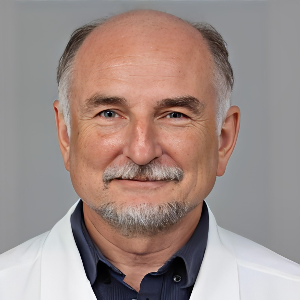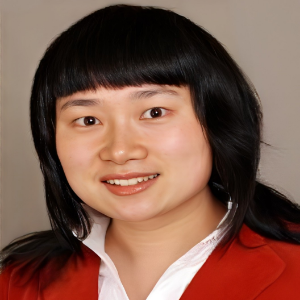In order to comprehend biological systems and interactions, Computational Biology uses data analysis, mathematical modeling, and computer simulations. The discipline has roots in applied mathematics, chemistry, and genetics and sits at the nexus of computer science, biology, and big data. Biological computing, a branch of computer engineering that applies bioengineering to the construction of computers, is distinct from it. The study of anatomical form and shape at the visible or large anatomical scale (display style 50-100 mu) of morphology is known as computational anatomy. For modelling and simulating biological structures, it entails the development of computer, mathematical, and data-analytical techniques. Instead of concentrating on the medical imaging equipment, it emphasizes the anatomical structures being examined. Computational anatomy is a branch of medical imaging and bioengineering that focuses on the extraction of anatomical coordinate systems at the morpheme scale in 3D thanks to the availability of extensive 3D data via technologies like magnetic resonance imaging. Computational anatomy was initially conceptualised as a generative model of shape and form derived from exemplars and manipulated through transformations.

Vladlen Slepak
University of Miami Miller School of Medicine, United States
Yong Xiao Wang
Albany Medical College, United States
Consolato M Sergi
Universities of Alberta and Ottawa, Canada



Title : The impact of metal-decorated polymeric nanodots on proton relaxivity
Paulo Cesar De Morais, Catholic University of Brasilia, Brazil
Title : Hepatotoxic botanicals-shadows of pearls
Consolato M Sergi, Universities of Alberta and Ottawa, Canada
Title : Exploring classical ayurvedic drugs in hypertension
Prashant Bhokardankar, Datta Meghe Ayurved College, India
Title : Principles and standards for managing healthcare transformation towards personalized, preventive, predictive, participative precision medicine ecosystems
Bernd Blobel, University of Regensburg, Germany
Title : Personalized and Precision Medicine (PPM) as a unique healthcare model based on design-inspired biotech- & biopharma-driven applications to secure the human healthcare and biosafety
Sergey Suchkov, N.D. Zelinskii Institute for Organic Chemistry of the Russian Academy of Sciences & InMedStar, Russian Federation
Title : Antibody proteases as translational tools of the next step generation to be applied for biopharmacy related and precision medical practice
Sergey Suchkov, N.D. Zelinskii Institute for Organic Chemistry of the Russian Academy of Sciences & InMedStar, Russian Federation
Title : Easily injectable, organic solvent free self assembled hydrogel platform for endoscope mediated gastrointestinal polypectomy
Hitasha Vithalani , IIT Gandhinagar, India
Title : Cognitivevoice: Novel machine learning model leveraging acoustic features to predict future cognitive decline in Parkinson’s Disease
Aadya Daga, Hamilton High School, United States
Title : Platelet-activating factor-receptor pathway mediates solar radiation-induced extracellular vesicle release in human keratinocytes
Ravi P Sahu, Wright State University, United States